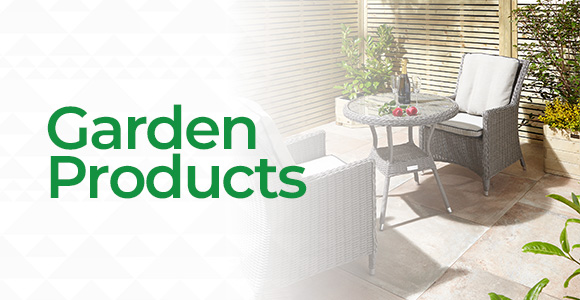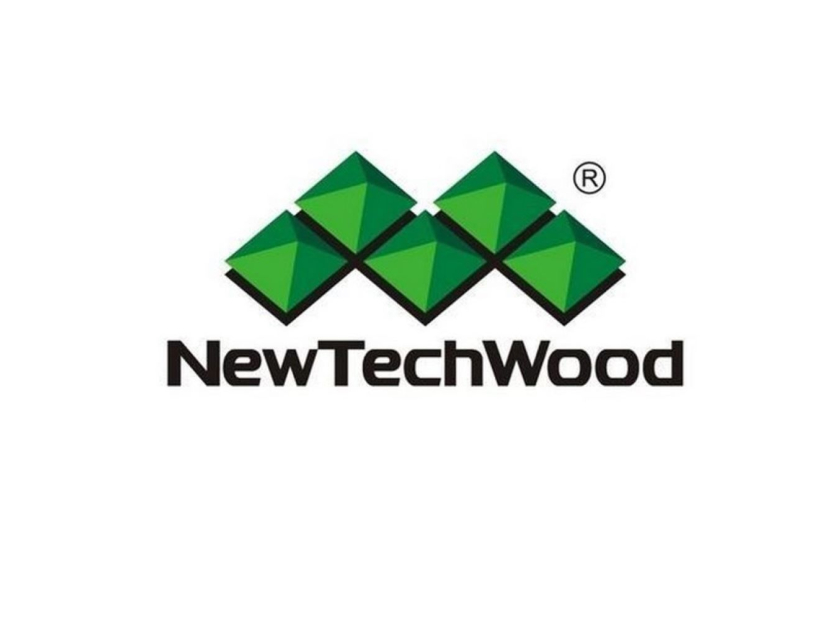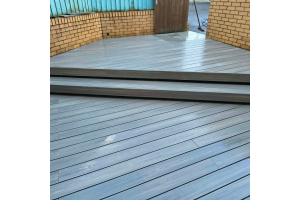Mildew and Mold and Composite Decking
Mildew and Mold and Composite Decking
Another common issue that composite deck owners face is the growth of mold and mildew. Mold and mildew are similar in many respects – they are both types of fungus that grow and thrive in humid, moist conditions where light is minimal or non-existent. They both start growing when their spores find a suitable environment for their colonies. Both require porous material, such as wood, paper, fabric, drywall, clothing, insulation, padding or carpet. While they generally do not grow on synthetic materials such as plastic, metals and composite decking, dirt left on composite decking can feed mold and mildew spores.
Mold and Mildew differ primarily in their appearance. Mildew tends to be grey or white, fuzzy or powdery in texture and is typically found on plant leaves, making the plants appear to be sick. As mildew begins to feed on the cells of the plant, grey or white splotches will emerge. Mold, on the other hand, is typically black, green or yellow, and its texture is usually slimy or fuzzy. In severe cases, mold will be appear plant-like and eat away at its host.
Mold can be extremely harmful to those who are exposed to it over longer periods of time. As mold grows, the fungi release mycotoxins, which can cause various symptoms including eye irritation, skin irritation, high fevers, shortness of breath and other allergic reactions.
Mold and Mildew affect the people in the vicinity in different ways. For example, people who inhale these spores might begin to cough, develop a headache or become short of breathe.













